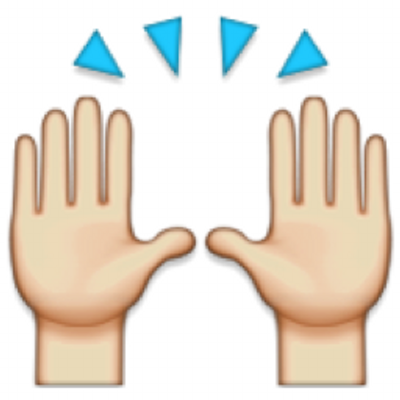Step two of my "Back to Basics" series for the summer, inspired by all the little things I unintentionally thought I had "outgrown" as a teacher. HA!
Step one was {click for that blog post} ...
So what's step two? Plan backward!
I know this is sort of "duh" ... but I honestly moved away from this in my fifth and sixth year. I think it might have been because I moved to a new school whose units weren't aligned to an assessment, but it might also have been because I felt like I'd taught second grade for long enough to "know" what my kids needed to know. {Just keeping it real!}
BUT last year I checked myself and reigned myself back in. Truth be told, it was really hard to integrate the Common Core State Standards with the necessary MAP skills in each unit, and making sure that each of my students met his or her MAP goals (when skill levels ranged from Kindergarten to seventh grade ...) was really difficult. I needed a better plan.
So I took it old school and made a long term plan {or yearly pacing, or scope and sequence} for reading and math that included both remedial goals and enrichment goals, then used those to plan assessments. From there, I was free to plan the series of lessons that would most effectively help my students.
It. was. SOOOO helpful! That little bit of "back to basics" really freed up my mind while I was planning, because most of the "heavy load" had been done before hand. Not to mention our pull-out teachers loved it because they had the scope and sequence for the whole year, in addition to the key points we'd be using to teach. All the sudden pull-out classes became an extension of our classroom, rather than a separate entity. Kids and teachers rejoiced!!! ... {That might be an overstatement, but it was really helpful.} ;)
Using the UbD format, each of my unit plan includes:
- Common core standards addressed
- Vocabulary addressed (base level and extension)
- Learning targets paced throughout the unit
- Key knowledge and understandings
- Essential questions
Below, I've shared my long-term plans in my TpT store - maybe you can use them. Happy planning!






























